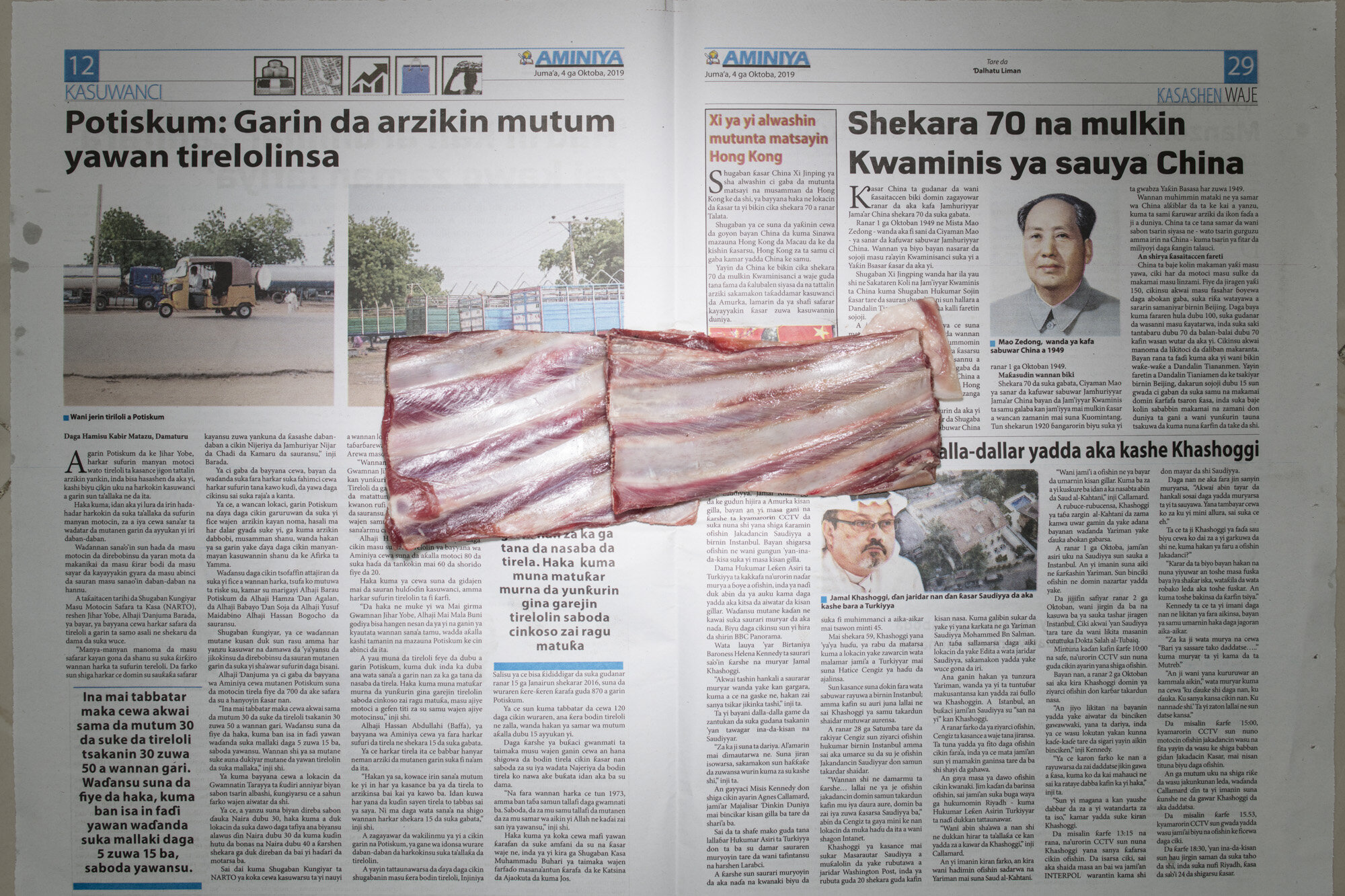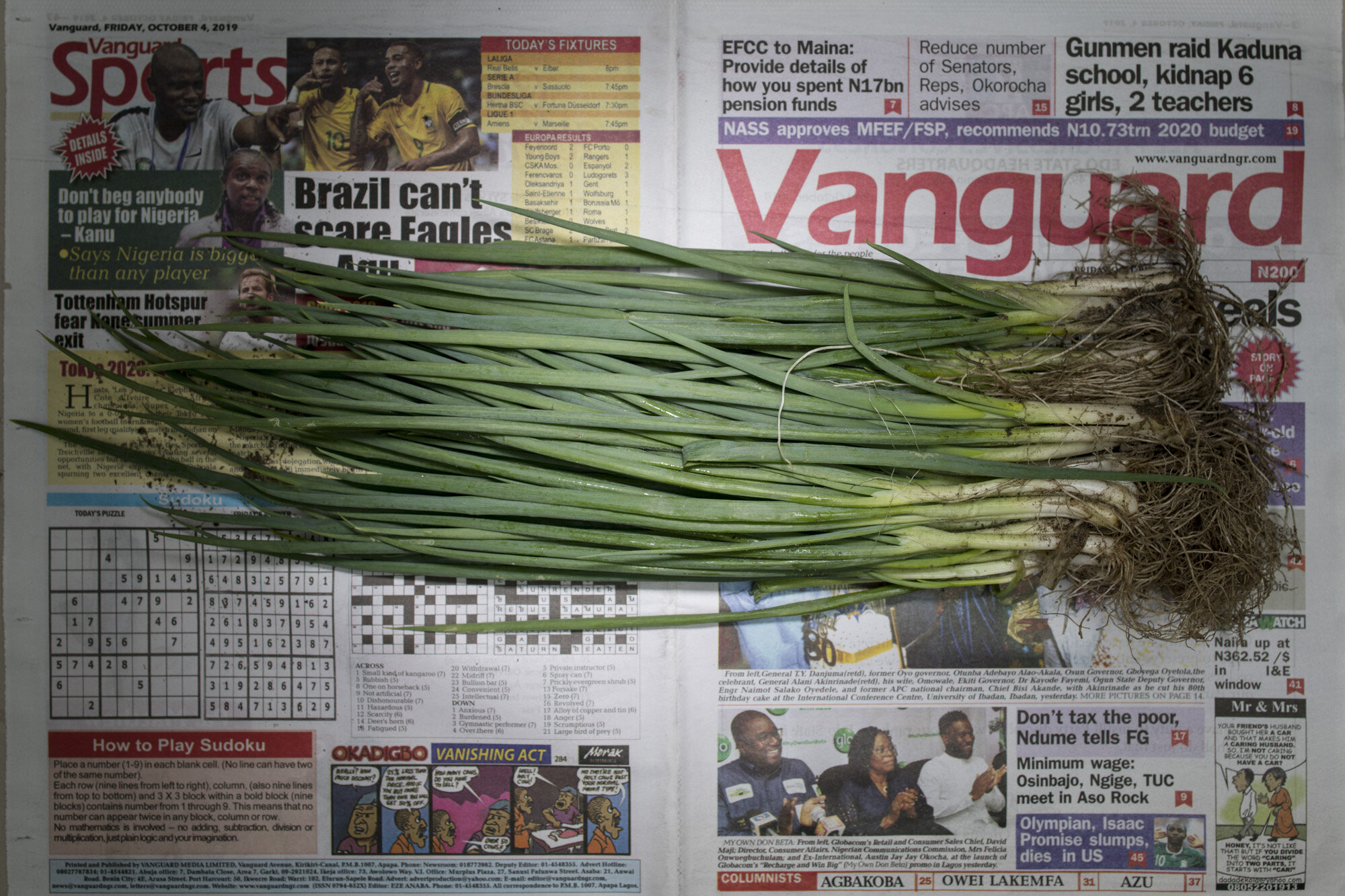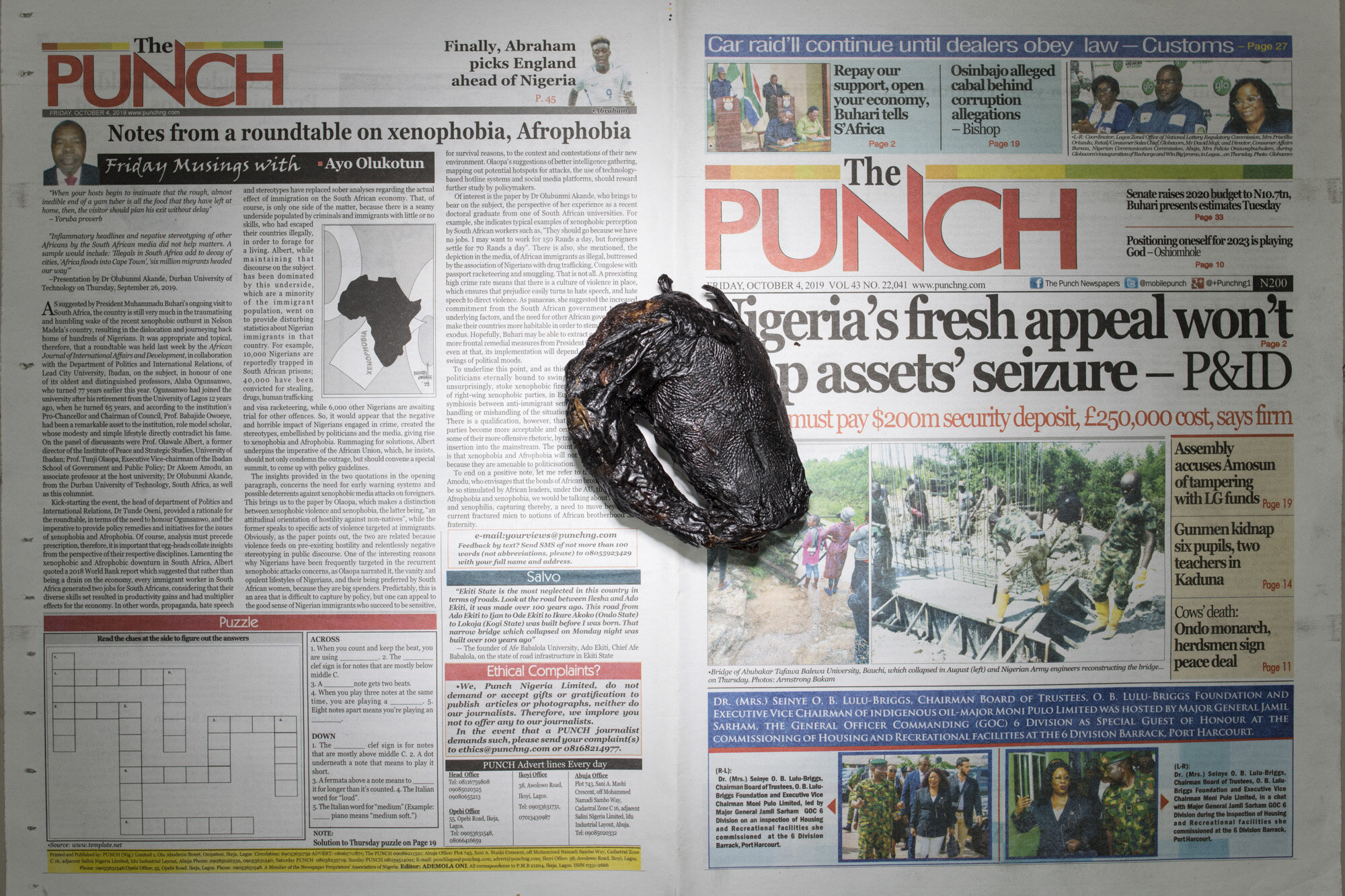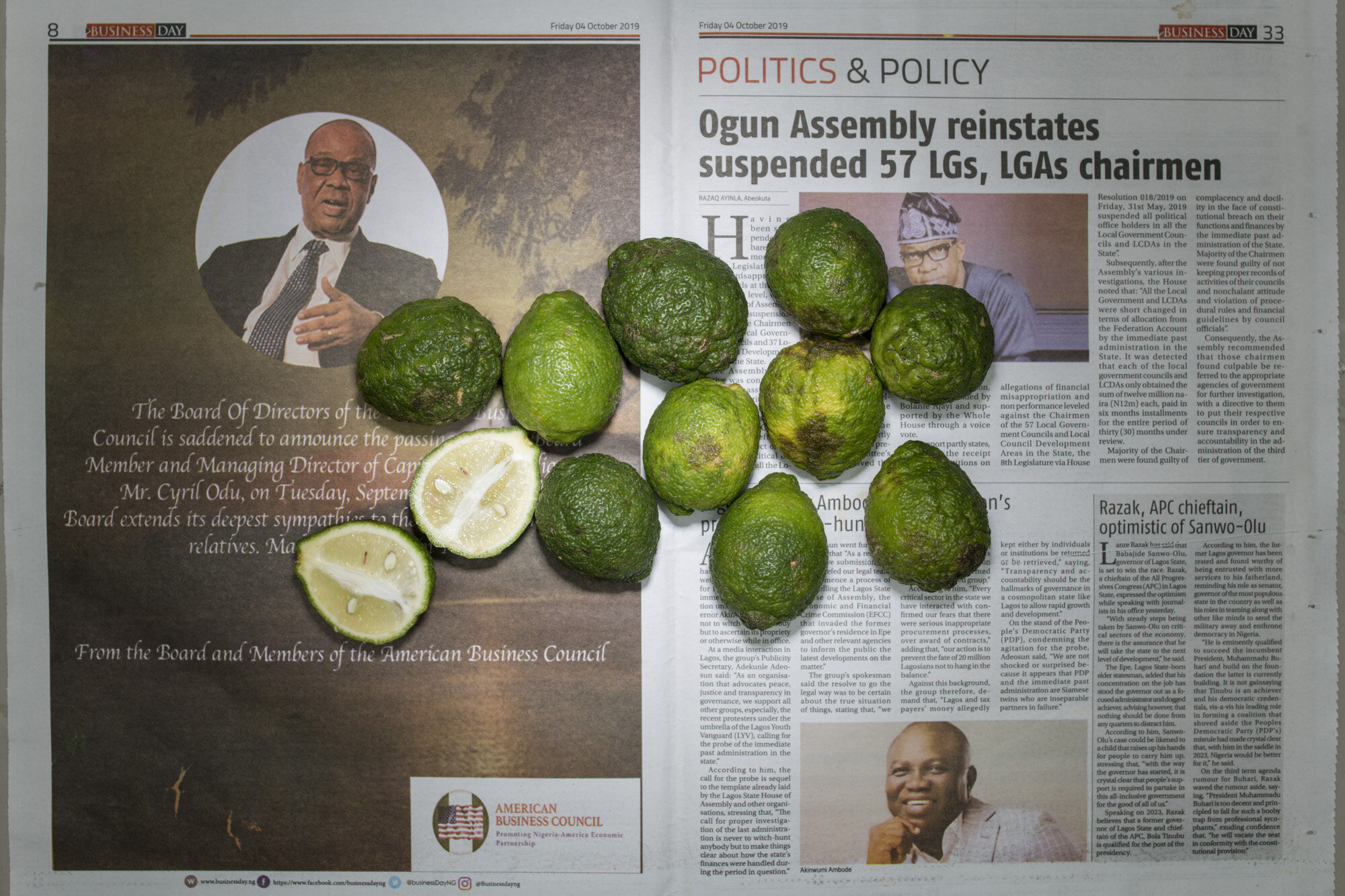Nigeria
Lagos | October 2019
NGN 363 (USD 0.99, EUR 0.90).
This is based on the 2009-10 national absolute poverty line from the National Bureau of Statistics Nigeria, adjusted for inflation.
Nigeria’s National Bureau of Statistics (NBS) has been using an relative measure based on household expenditure. However, it has announced that it will be changing to an absolute measure to be able to compare with other countries’ poverty rates. Its absolute measure involves setting food basic minimum needs at 3,000 calories per person per day, with also non-food needs calculated. NBS has published revised Absolute Poverty Measurement for 2009/10, with the new methodologies applied to 2003/04. Based on this new methodology, the absolute poverty line was NGN 55,235.20 per person per year, and the absolute poverty incidence was 62.6% (102.2 million people) for 2009-10. At the state level, Lagos State had seen the largest poverty reduction from 69.4% (2002-04) to 40.3% (2009-10). In June 2019, President Muhammadu Buhari said in his second term inaugural address that he targeted to lift at least 100 million Nigerians out of poverty in 10 years’ time.
Nigeria went through economic recession in 2016 with a collapse in global oil prices and unrest in the Niger Delta region. It recovered in 2017 and the government initiated the Economic Recovery and Growth Plan to push economic, social and environmental sustainability efforts for 2017-22. Nigeria has been having double digit inflation rate since 2016. In October 2019, the closure of borders with neighboring countries to counter food smuggling led to annual inflation of 11.61%.
Note: Latest available standards and exchange rates were taken as of October 2019, when the photography was undertaken.
Understanding More
National Bureau of Statistics Nigeria - Inequality Snapshot in Nigeria 2004 2013 2016




